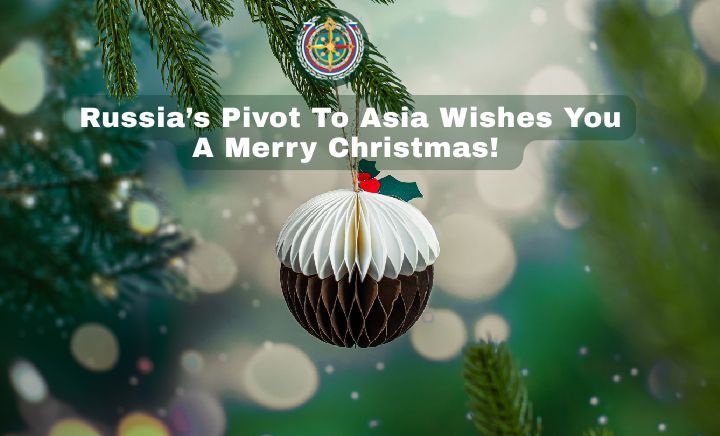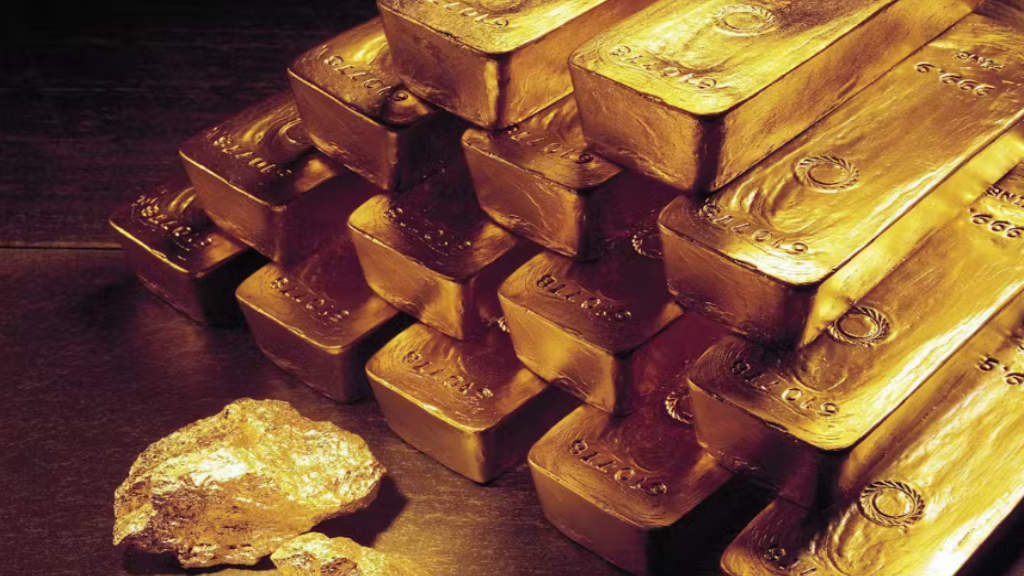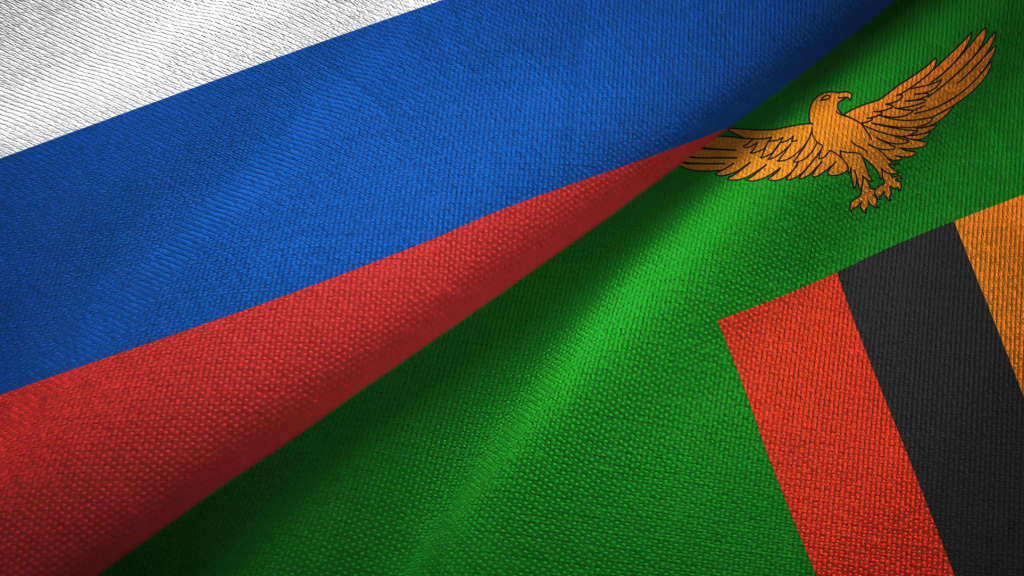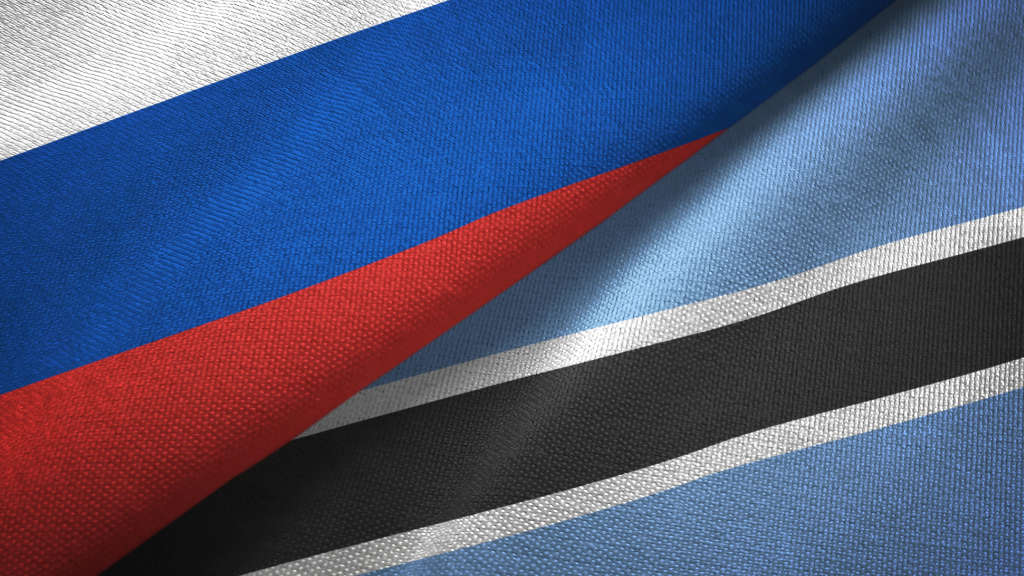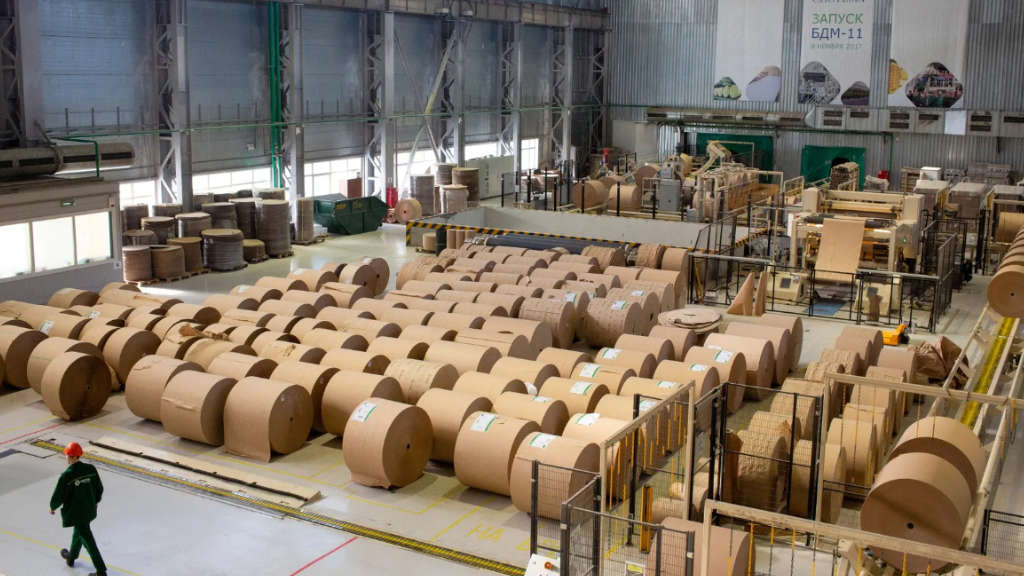Russia’s precious metals exports to China nearly doubled in the first half of 2025, with gold leading the way as prices continue to soar.
Shipments of Russian gold, silver, and other ores sent to China shot up by 80% compared to the same period last year. The jump lines up with a sharp rally in bullion prices, which have gained around 28% so far this year. The price movement are being pushed by central banks stacking reserves, trade friction between the U.S. and its partners, and investors pouring into exchange-traded funds trying to shield themselves from market uncertainties.
The Bank of Russia was once the biggest central bank buyer of gold but has been sanctioned out of the world’s top trading venues: London and New York. Instead, Russian miners are now targeting Asian demand. A new gold trading bourse will shortly open in St. Petersburg, bringing competition to what was once Western dominated trading.
Russia mines over 300 tons of gold annually, making it the second-largest gold producer in the world. That supply needs a home. For now, most of that is going to China, with Russian palladium and platinum supplies also increasing due to demand from China’s manufacturing sectors.
China and India are the world’s largest consumers of gold, with much of the demand driven by jewellery consumption, but also for some industrial processes and as an investment. In China’s case, official gold reserves have reached 2,292 tonnes, with a significant portion of it being added in the Q1 this year. This was driven by consistent monthly purchases by the People’s Bank of China (PBOC), making its eighth consecutive month of gold accumulation. The PBOC’s strategy is seen as a long-term effort to diversify reserves and reduce reliance on the US dollar.
Palladium is a precious metal primarily used in catalytic converters for vehicles to reduce harmful emissions. It has applications in electronics, dentistry, jewellery, and as a catalyst in various chemical reactions.
Platinum’s primary uses include catalytic converters in vehicles, jewellery, and numerous industrial applications. It is a key component in medical devices, electronics, and fuel cells. Its unique properties, such as a high melting point, resistance to corrosion, and catalytic ability, make it a valuable metal across diverse industries.
Russia’s Norilsk Nickel, is the country’s major producer of palladium and platinum and has turned its focus entirely towards Asia. Prices for palladium are up 38%, and platinum has jumped 59% so far this year. Other metals are following suit. Spot silver gained 0.4% to hit US$38.33 per ounce, platinum added 1.1% to reach US$1,437.53, and palladium climbed 1.3% to US$1,256.98.
Gold prices typically react to global politics especially when the global situation becomes tense. On Monday (July 21), spot gold rose to US$3,369.02 per ounce, while U.S. gold futures hit US$3,376.40. The jump was helped by a weakening U.S. dollar, which slipped 0.2% against other major currencies. That drop made it easier for non-dollar holders to jump into the market and buy gold.
Tim Waterer, a Chief Market Analyst at KCM Trade, stated: “The US dollar has made a subdued start to the week, which has left the door open for gold to post gains early doors with tariff deadlines looming large. The closer we move towards the key August 1 deadline without any new US trade deals emerging, the more likely gold is to start another run towards the US$3,400 level and perhaps beyond.”
Russia has the world’s fifth largest Central Bank gold reserves at 2,332.7 metric tons and possesses an estimated 12,000 metric tons that remain unmined.
Further Reading
